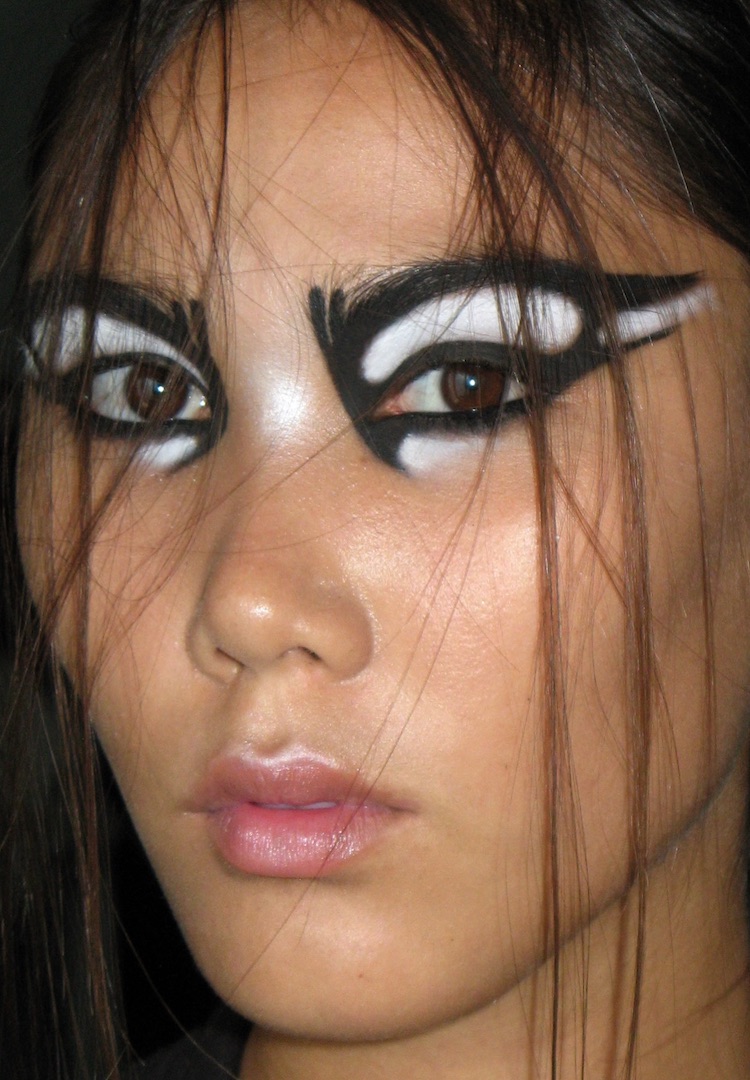What’s the deal with pregnancy-safe skincare?
IMAGE VIA PURE MAMA
WORDS BY MAGGIE ZHOU
Unpacking the dos and don’ts.
Watching someone you know swell with pregnancy is truly like watching a miracle unfold in real-time. The body is transformed, incremental changes add up quickly and priorities shift. For someone who hadn’t been up close to the action, watching a couple of women in my life go through this in the past year has been educational, to say the least.
Thanks to our modern age of science, we’re more equipped to deliver healthy pregnancies than ever before. With the expanse of knowledge we’re privy to, comes a (long) list of recommended dos and don’ts during pregnancies.
We like nosy people. Don’t be shy, head to our Beauty section for more.
One of the big changes to a person’s lifestyle is what they’re putting in and on their body. Switching up your skincare and body care routines during pregnancy (and during post-partum recovery) is part of that. In an arena filled with fear-mongering, we spoke to two experts to learn more about pregnancy-safe skincare – GP and Kin Fertility doctor Dr Prasanthi Purusothaman and founder of New Zealand pregnancy skincare label Pure Mama, Lara Christie.
What does pregnancy-safe skincare even mean?
While we may be familiar with avoiding raw sushi and alcohol, other ingredients should be avoided around conception and pregnancy. Lara explains that because you can’t test skincare on pregnant people, pregnancy-safe ingredients essentially mean they have a high-profile safety rating.
“Pregnancy-safe skincare takes into account that certain ingredients may be absorbed through the skin or inhaled, and as such, able to reach the baby, which can be dangerous to their development,” Dr Prasanthi says.
How should a person’s skincare routine change when they’re pregnant?
During pregnancy, the body changes dramatically, thanks to raging hormones. “Conditions traditionally dormant, like acne, hyperpigmentation such as melasma, eczema (which is the most common dermatological issue of pregnancy) and rosacea can rear [their] head,” says Dr Prasanthi.
Ideally, changes to skincare routines should start before contraception. “Possible teratogenic (malformation causing) ingredients [should be] ceased before baby making, taking into account wash-out periods,” Dr Prasanthi says, explaining those timeframes allow active ingredients to be flushed out of the body. For instance, it’s advised people stop using tretinoin, prescription vitamin A or retinol at least a month before trying for a baby.
What ingredients can I swap out so they’re pregnancy safe?
The list of ingredients to avoid is a long one – it can get overwhelming trying to navigate but Dr Prasanthi shares some effective alternatives that are pregnancy safe.
Bakuchiol – an ingredient found in the psoralea corylifolia plant – is a safe retinoid alternative that’s been seen to be more tolerable for users. One study found both bakuchiol and retinoid “significantly decreased wrinkle surface area and hyperpigmentation”.
“Salicylic acid (that’s less than two per cent), in short contact, is fine in pregnancy,” Dr Prasanthi says, but adds people should avoid chemical peels. Similarly, AHAs can be used if they’re at a low concentration and under 10 per cent. “Alpha hydroxy acids such as glycolic, lactic and mandelic acid are… wonderful at exfoliating the skin, which is helpful in acne and pigmentation issues,” she adds.
For people looking for support in fading pigmentation, reducing acne lesions and calming inflammation, Dr Prasanthi recommends the pregnancy and breastfeeding-safe ingredient, azelaic acid. Niacinamide, with no higher than five per cent concentration, is also suitable for pregnant people.
“Vitamin C [is] safe in pregnancy and best used in the morning before sunscreen application. It’ll stimulate collagen and help fight free radicals generated from UV exposure,” Dr Prasanthi adds.
How should a person’s body care routine change when they’re pregnant?
Pregnancy drastically alters a person’s body – and we’re not just talking about the growing bump. “The most notable body changes during pregnancy relate to dryness of the skin and stretch marks,” Dr Prasanthi says. She says there is some evidence that regular massage (with and without a vitamin E cream) can reduce the number of stretch marks.
“Incorporating breastfeeding-safe actives into body care, whether that be niacinamide in a body cream to help increase hydration and bolster barrier function of the skin [or] moisturising ingredients like shea butter and glycerin, can also be beneficial,” she adds.
“The more hydration you can deliver [to] the skin, the more it’s going to help with the growth of new skin cells [which] boosts skin elasticity,” Lara adds. It’s not only about the skincare benefits of topical application, though. Lara shares how customers who’ve used Pure Mama’s Belly Oil say it’s a time to connect with their body and baby.
How can people manage their skin post-partum?
Lifestyle changes are imminent when it comes to post-pregnancy routines. Because of the stress and sleep deprivation that’s expected, Dr Prasanthi recommends simplifying your morning skincare routine. “Wash the face with tepid water, [apply] serum, moisturiser then sunscreen. Try to use multifunctional products with several actives which eliminate the need for time-consuming routines.”
That being said, don’t skimp on self-care. “Enjoy smaller luxuries that feel nice, like a simple sheet mask to hydrate, cool and depuff the skin,” Dr Prasanthi says, adding that she keeps hers in the fridge. “A nice hack is to cling wrap a spoon with some water and use this to depuff the eye area when frozen so you can give people the illusion you’ve had a full eight hours of shut-eye.”
Looking for more skincare products fit for pregnancy and nursing? Try this.













